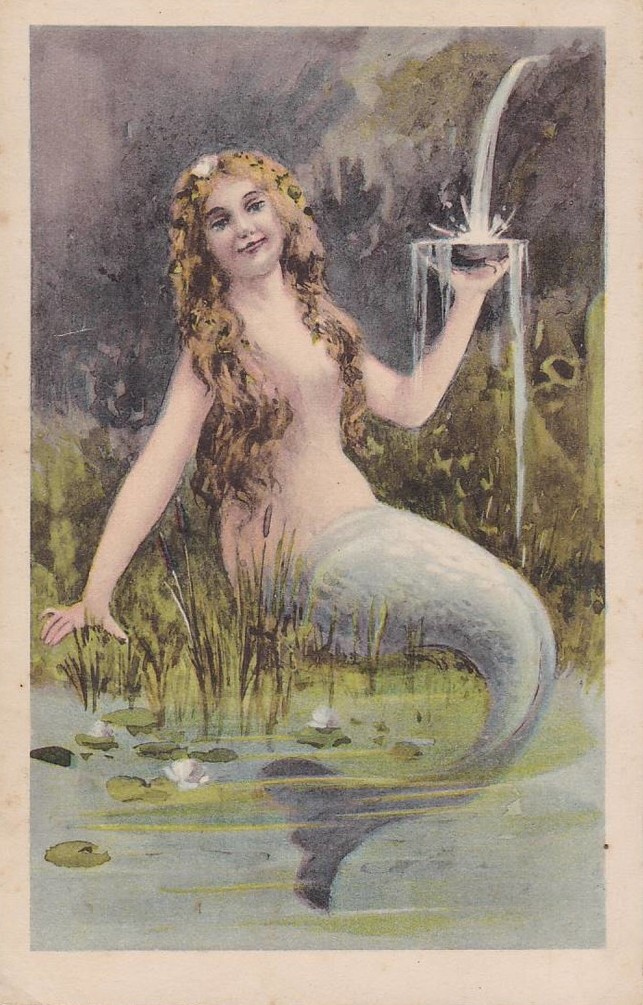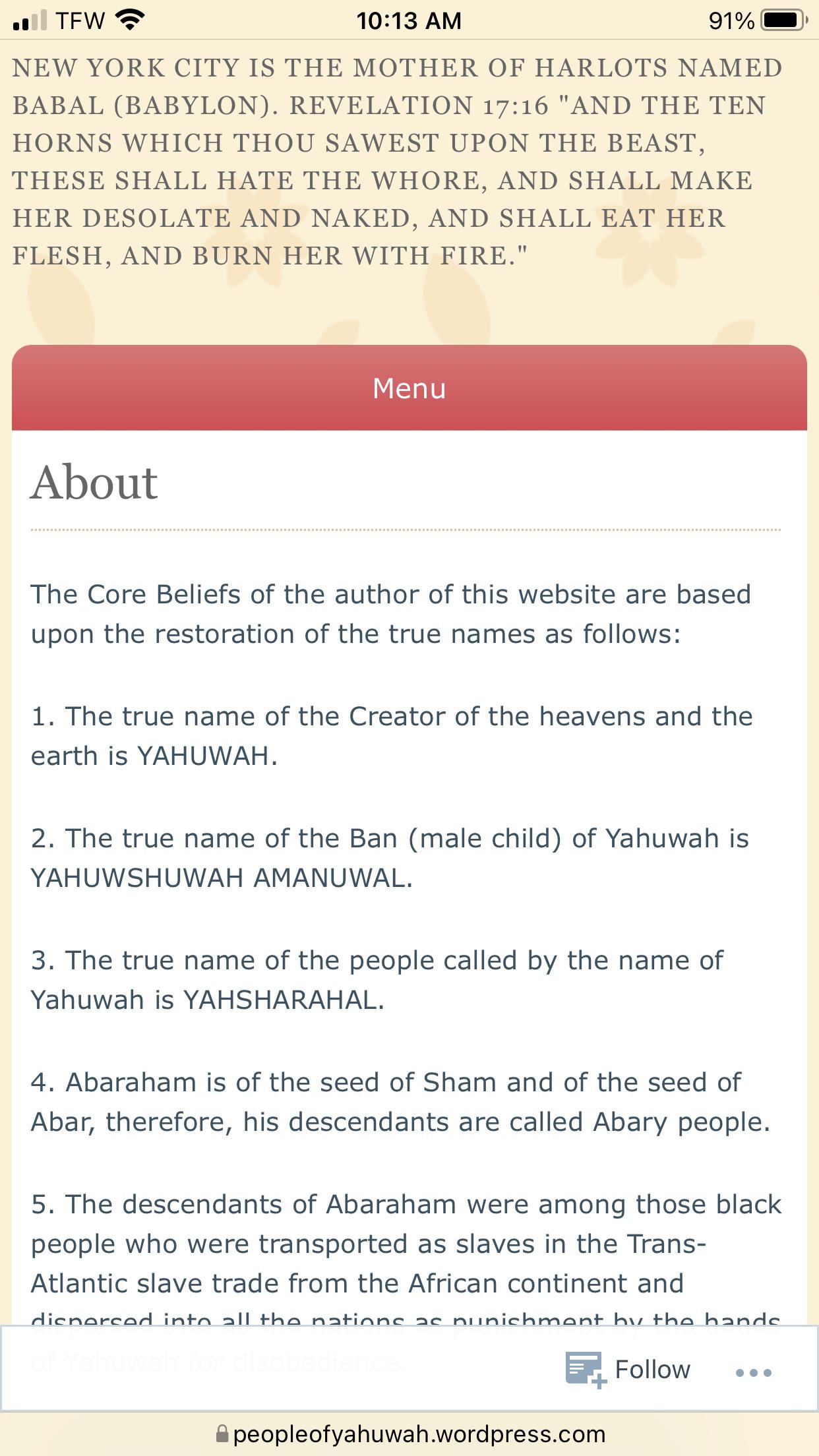The Book of Enoch, an ancient Jewish religious text, offers intriguing insights into the realm of fallen angels and supernatural beings. Among these enigmatic creatures are the sirens, fascinating figures whose allure and deception have captivated readers for centuries. In this article, we will delve into the origins, characteristics, and symbolism of sirens as described in the Book of Enoch. We will also explore their role in the fall of the Watchers, their punishment and fate, and their enduring legacy in Western culture.
Seemore: Why Stay Away from the Book of Enoch
Sirens in the Book of Enoch: An Overview

Before we dive into the specifics of sirens in the Book of Enoch, it is important to provide some context on this ancient text. The Book of Enoch is believed to have been written sometime between the 3rd century BCE and the 1st century CE, although some scholars argue that parts of it may date back even earlier. It is a collection of apocalyptic and prophetic writings attributed to the biblical figure Enoch, who was said to have walked with God and was taken up to heaven without experiencing death.
The Book of Enoch is not included in the canon of the Hebrew Bible or Christian Old Testament, but it is considered a sacred text by the Ethiopian Orthodox Church and some branches of the Coptic Orthodox Church. Fragments of the book were also found among the Dead Sea Scrolls, further highlighting its significance in ancient Jewish literature.
In the Book of Enoch, sirens are mentioned in Chapter 7 as part of a list of creatures created by the Watchers, a group of fallen angels who defied God’s laws and descended to Earth. These creatures include giants, demons, and various other monstrous beings. However, sirens stand out due to their unique appearance and abilities, as well as their role in the fall of the Watchers.
The Appearance and Nature of Sirens

According to the Book of Enoch, sirens are female creatures with the heads of women and the bodies of fish. This description is similar to that of mermaids or half-human, half-fish beings found in other mythologies. However, what sets sirens apart is their ability to change their form at will, making them even more deceptive and dangerous.
The text also describes sirens as having beautiful voices that can mesmerize and enchant their victims. In fact, their name is derived from the Greek word “seiren,” which means “enchantment” or “bewitchment.” This aspect of sirens is also present in other mythologies, such as the Greek myth of the sirens who lured sailors to their deaths with their songs.
Apart from their alluring voices, sirens are also said to possess razor-sharp teeth that can tear through flesh and devour their prey. This combination of beauty and danger makes sirens an intriguing and formidable creature in the Book of Enoch.
Abilities of Sirens
Aside from their physical appearance and seductive abilities, sirens are also gifted with supernatural powers. The Book of Enoch mentions that they have control over the weather, particularly storms and waves. This makes them a powerful force of nature, capable of causing shipwrecks and taking lives.
Moreover, sirens are said to be able to manipulate the minds of humans, making them susceptible to their charms and deception. This further adds to their allure and makes them a formidable foe for those who encounter them.
The Origins and Purpose of Sirens

As mentioned earlier, sirens were created by the Watchers, who were themselves fallen angels. But what led to their creation? According to the Book of Enoch, this was a result of the Watchers’ lust for human women. These fallen angels, who were supposed to watch over and guide humans, instead became corrupt and desired to have relationships with them.
Their unions with human women resulted in the birth of giants, who were said to be violent and destructive beings. But it also gave rise to sirens, who were tasked with a specific purpose – to lure and deceive humans.
Invitation to Sacrifice
One of the most peculiar attributes of sirens in the Book of Enoch is their role as “agents of sacrifice.” They were created to lead humans astray, to entice them towards sin and ultimately sacrifice them to the fallen angels. This echoes the biblical concept of temptation and the corrupting influence of evil forces.
In the Book of Enoch, sirens are portrayed as instruments of destruction and death, tempting people to deviate from the path of righteousness and leading them towards their doom. This adds a sense of foreboding and danger to the already alluring image of sirens.
The Role of Sirens in the Fall of the Watchers
The Book of Enoch goes into great detail about the fall of the Watchers and their subsequent punishment by God. It is believed that the creation of sirens was a direct result of the Watchers’ disobedience and their descent to Earth. By giving in to their sinful desires and mating with human women, they brought about the birth of monsters and supernatural beings, including sirens.
Moreover, in Chapter 19 of the book, Enoch witnesses the punishment of the Watchers and their offspring, including sirens. They are bound in chains and cast into a fiery pit, where they will remain until the day of judgment. This serves as a warning against the consequences of straying from God’s will and succumbing to temptation.
The Fall of the Watchers according to the Book of Enoch
To better understand the role of sirens in the fall of the Watchers, let us first look at the events that led to this event, as described in the Book of Enoch.
- The Descent of the Watchers – In Chapter 6, it is stated that 200 Watchers descended to Earth on Mount Hermon, located near modern-day Lebanon and Syria.
- Forbidden Relationships – These Watchers took human wives and fathered children with them, resulting in the birth of giants.
- The Corruption of Mankind – The offspring of the Watchers and humans were described as being violent and corrupt, leading to chaos and destruction among humanity.
- Divine Punishment – God sees the wickedness brought about by the Watchers’ actions and decides to punish and remove them from Earth.
- The Fate of the Fallen Angels – The Watchers are imprisoned and tortured for their transgressions, while their offspring are killed in a great flood.
The Punishment and Fate of Sirens
As previously mentioned, sirens, along with the other fallen creatures, were bound in chains and cast into a fiery pit as punishment for their role in the fall of the Watchers. This serves as a warning against the consequences of giving in to temptation and straying from God’s will.
However, some versions of the Book of Enoch include a slightly different fate for sirens. In these versions, it is said that after their time in the fiery pit, they would be released during the end times to torment and deceive humans once again. This adds a sense of ongoing danger and threat from sirens, even after their initial punishment.
Furthermore, some interpretations suggest that the sirens’ ultimate fate is tied to that of the Watchers. As the fallen angels are judged and punished, so too are their creations, including sirens. This emphasizes the interconnectedness and dependence of these beings on their creators.
Symbolic Meaning of Sirens
Apart from their role in the fall of the Watchers, sirens also hold symbolic significance in the Book of Enoch. They are often seen as representations of temptation and the corrupting influence of evil forces. Their ability to lure and deceive humans speaks to the dangers of giving in to our desires and straying from the path of righteousness.
Moreover, sirens can also be seen as a metaphor for the allure of the material world. Their beautiful appearance and enchanting voices entice humans towards earthly pleasures, leading them astray from their spiritual journey. This symbolism adds depth and complexity to the character of sirens in the Book of Enoch.
The Influence of the Book of Enoch on Later Traditions
The Book of Enoch was not included in the biblical canon and was largely forgotten for centuries until it resurfaced in the 18th century with the discovery of the Dead Sea Scrolls. This led to renewed interest in the text and its influence on later traditions.
One notable influence is the mention of sirens in the New Testament book of Revelation, which has similarities to the Book of Enoch’s apocalyptic themes. In Chapter 18, verse 2, there is a reference to “the voice of harpers and musicians” who will no longer be heard in the city of Babylon. This can be seen as a parallel to the sirens’ ability to entrance and deceive through their songs.
Moreover, stories of fallen angels and their offspring, including sirens, have been found in other ancient texts such as the Book of Jubilees and the Life of Adam and Eve. These works were likely influenced by the Book of Enoch and further solidify its impact on later traditions.
Sirens in Comparative Mythology
While sirens are most commonly associated with Greek mythology, their portrayal in the Book of Enoch offers a unique perspective. In Greek mythology, sirens are typically described as bird-like creatures with the heads of women, and their songs are said to lure sailors to their deaths.
However, the sirens in the Book of Enoch possess a different physical appearance and have more powerful abilities. Their role as agents of sacrifice also sets them apart from their Greek counterparts. This shows how different cultures and traditions can influence and shape the image of a mythical creature over time.
The Reception and Interpretation of Sirens
The Book of Enoch is a complex and enigmatic text that has sparked much debate and speculation among scholars and religious communities. This is particularly true when it comes to the portrayal of sirens and the other fallen creatures in the book.
Some interpret these beings as literal entities, while others view them as symbolic representations of human desires and temptations. There are also various theories on the origins and purpose of sirens, with some arguing that they are based on actual historical events and others dismissing them as pure fantasy.
Despite the differences in interpretation, one thing remains certain – sirens have captured the imagination of readers and continue to intrigue and fascinate us to this day.
The Enduring Legacy of Sirens in Western Culture
The concept of sirens has permeated Western culture for centuries, appearing in art, literature, and even popular culture. They have been portrayed in various forms, from beautiful and seductive creatures to monstrous and terrifying beings.
One notable example is John William Waterhouse’s painting “A Mermaid” (1900), which depicts a siren sitting on a rock by the sea, combing her hair. This romanticized image of a siren as a beautiful and alluring being has become a popular motif in art and literature.
In modern times, sirens have also made appearances in popular books, movies, and TV shows, often as supernatural beings with seductive powers. The character of Syrenka in the “Watersong” series by Amanda Hocking is a good example of this portrayal.
Conclusion
The Book of Enoch offers a unique and fascinating perspective on the origins and nature of sirens. As agents of sacrifice, they play a crucial role in the fall of the Watchers and serve as a cautionary tale against temptation and corruption. Their enduring legacy in Western culture is a testament to their captivating allure and complex symbolism. Whether viewed as literal beings or symbolic representations, sirens continue to intrigue and fascinate us, making them a truly enigmatic creature in the realm of fallen angels and supernatural beings.
